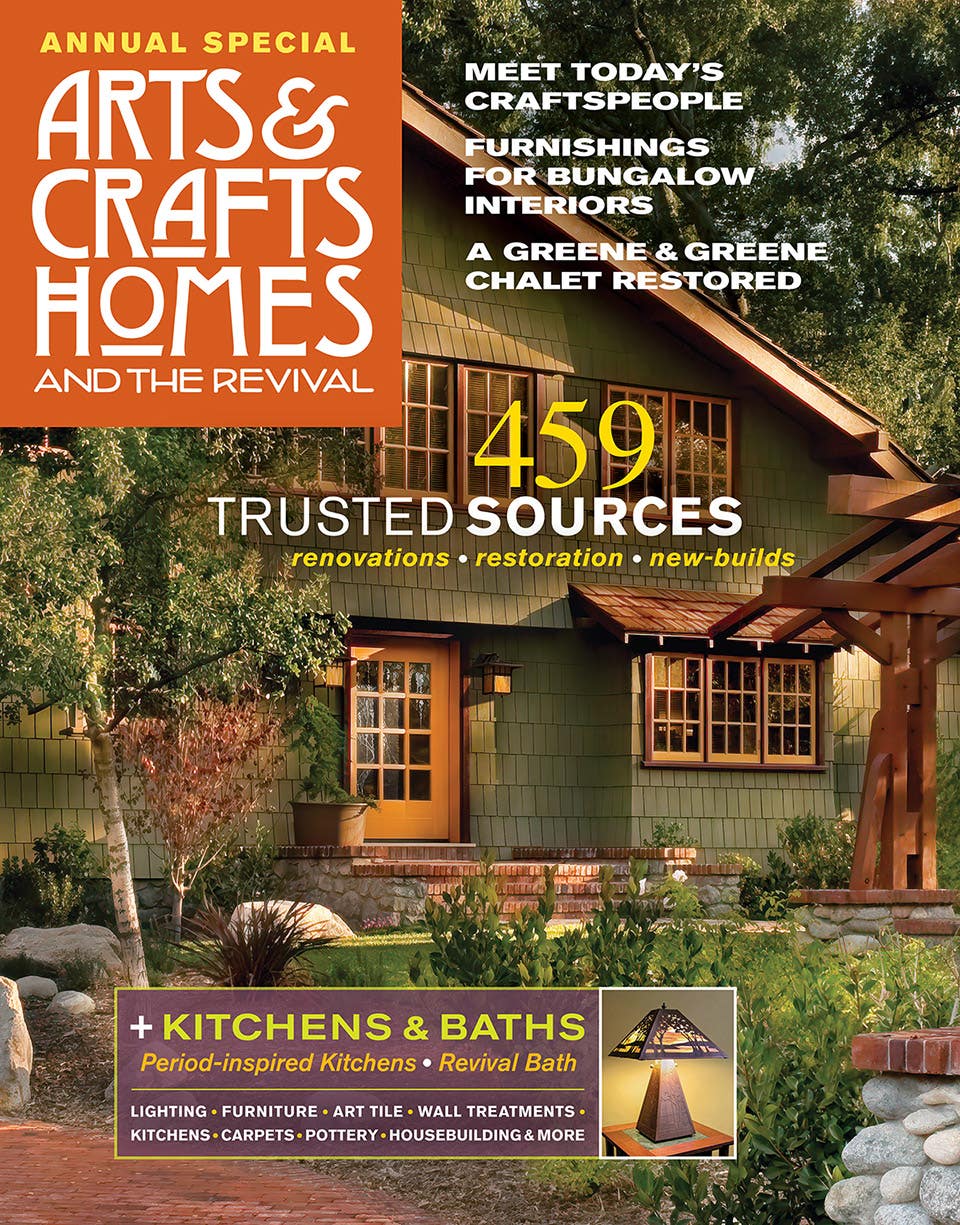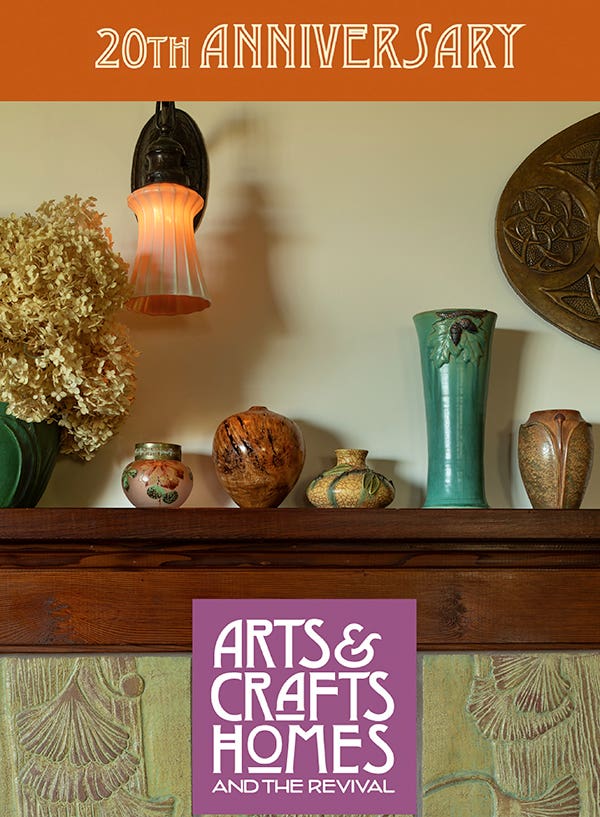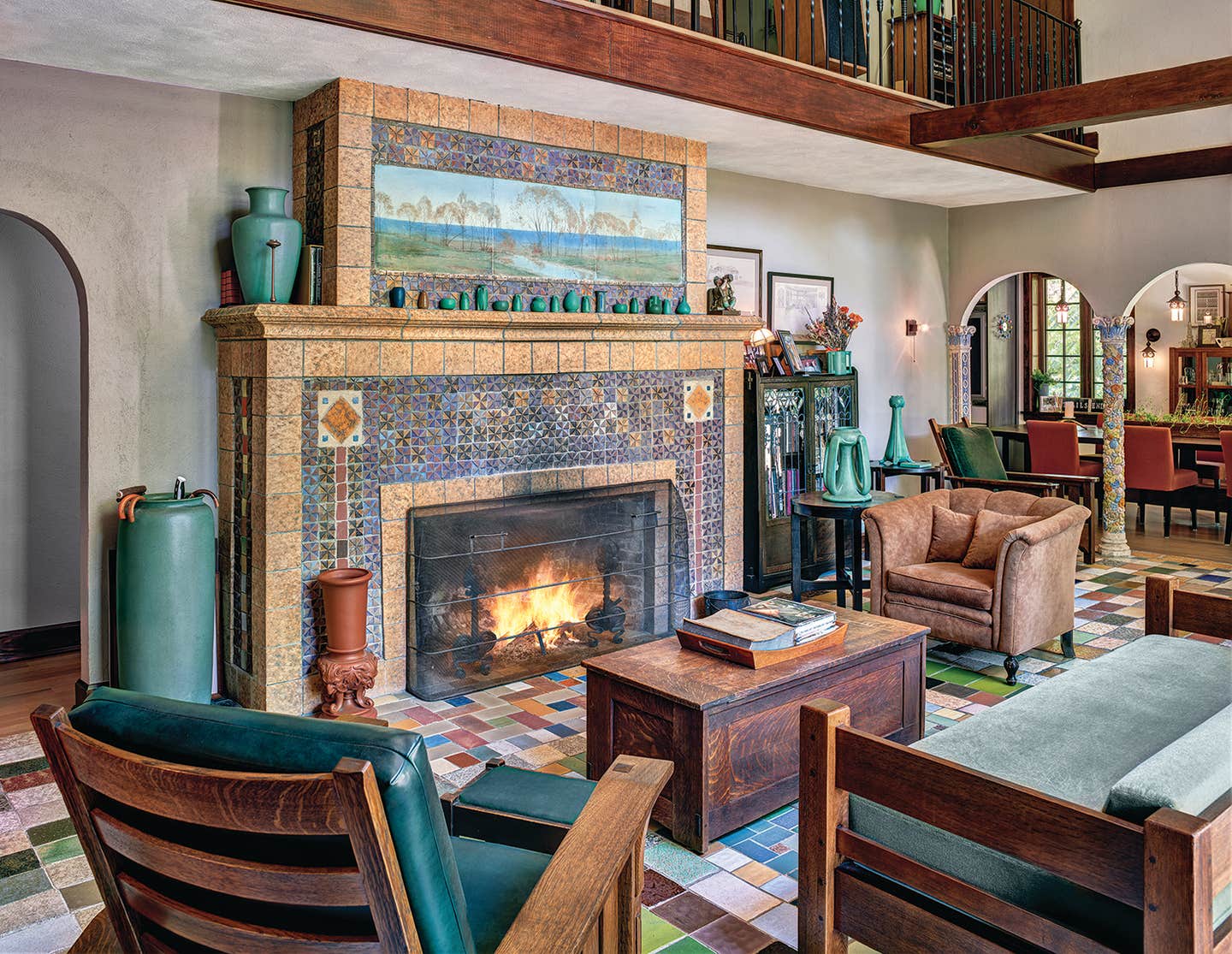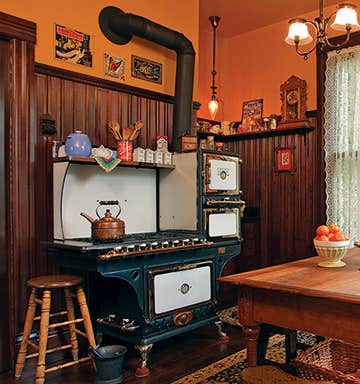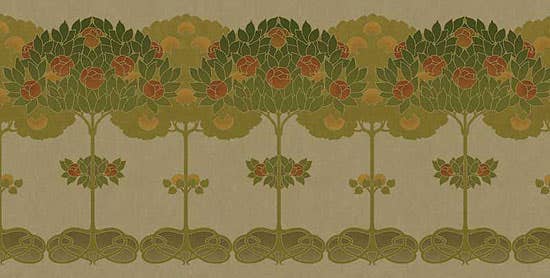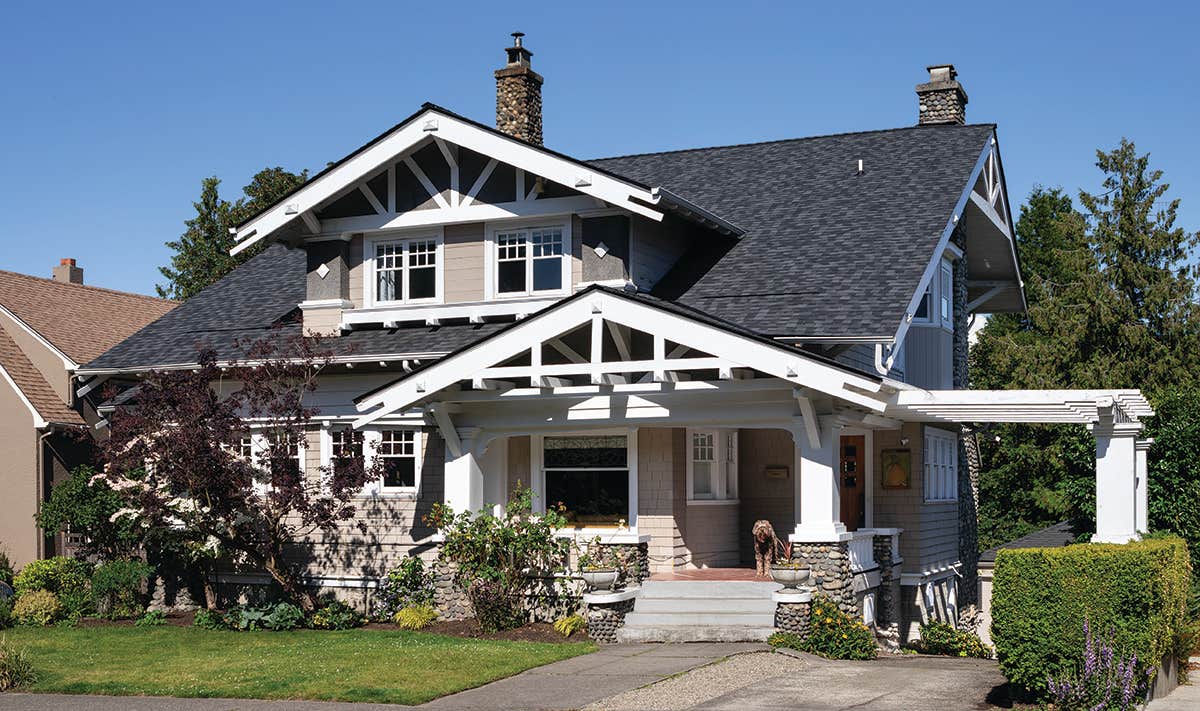Motifs of the Revival: Butterfly
The beautiful butterfly in Arts & Crafts art.
No mystery why butterflies and moths are depicted in the visual arts: what could be more beautiful than the brilliant color and pleasing symmetry of the wings, or the playful freedom of flight? Like ginkgo leaves, poppies, and dragonflies, butterflies are popular in Japanese art.
The Anglo–Japanese design craze of the late Victorian era introduced stylized butterflies in fabric and wallpaper designs, embroidery, wood carving, and metal casting.
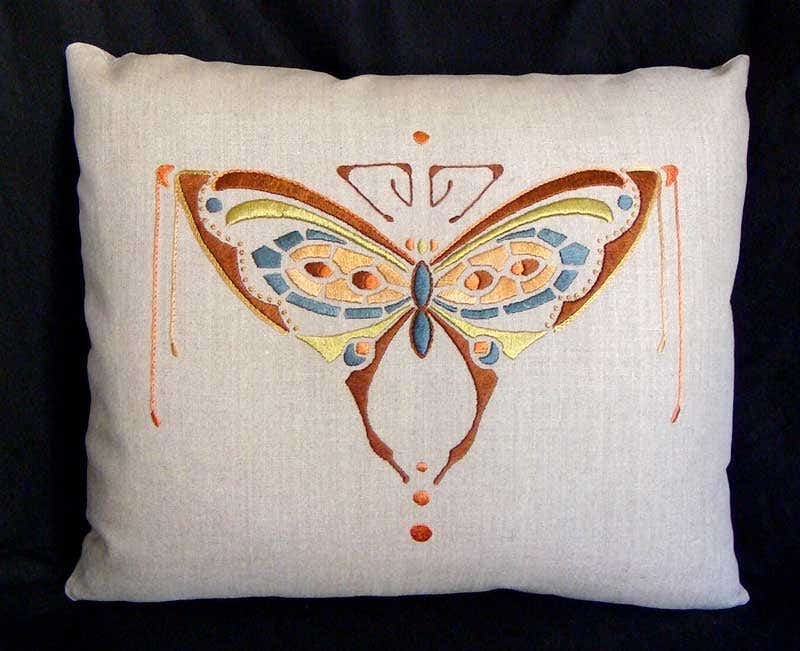
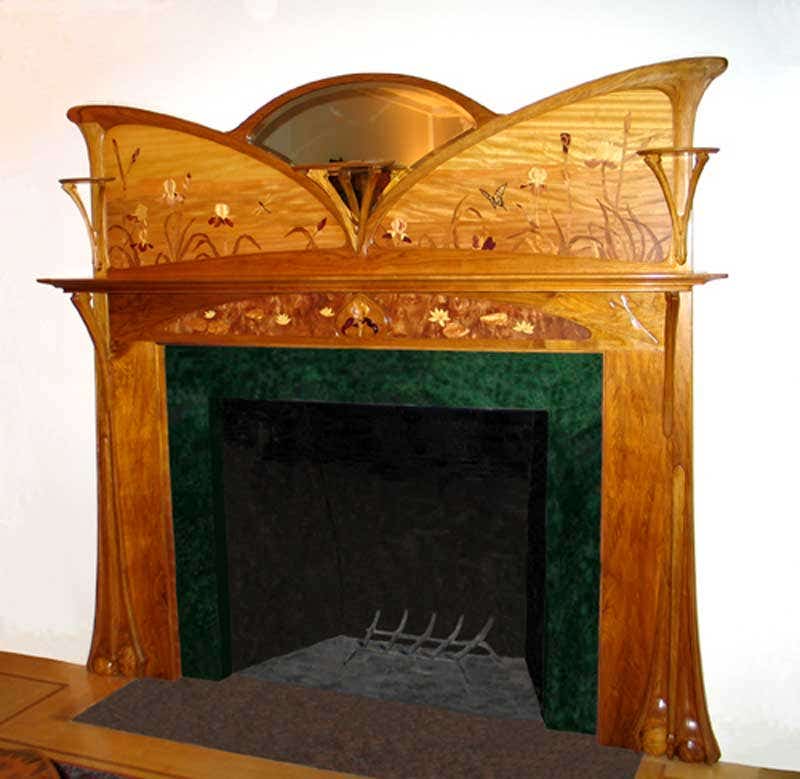
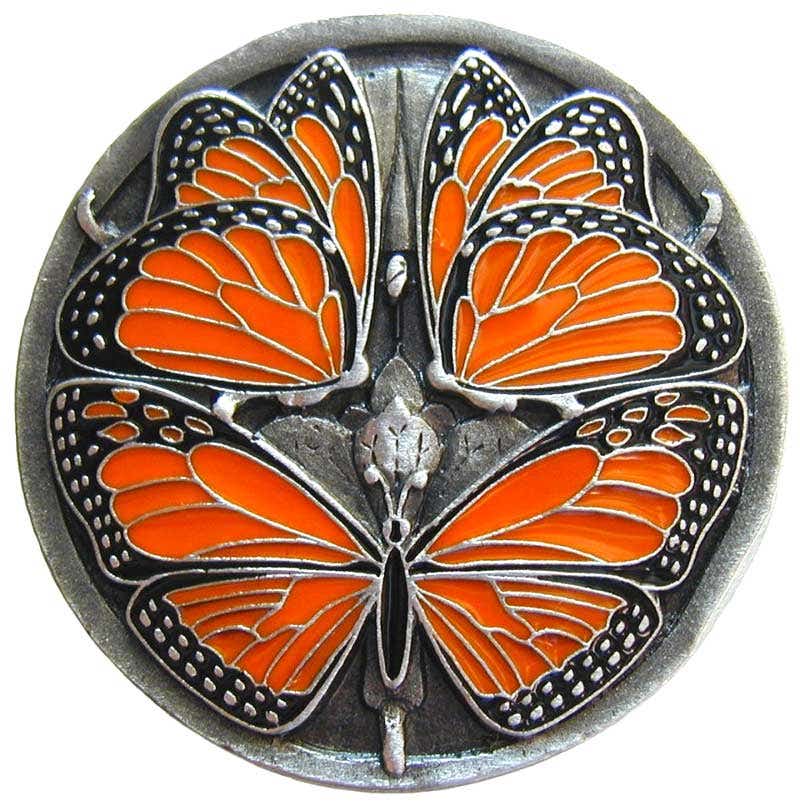
The motif passed to the next generation. Butterflies are common in Art Nouveau design. (The spread-wing shape even lends itself to overall compositions, as with the mantelpiece shown at left.) During the Arts & Crafts period, the motif was often abstracted. Look for butterflies alone or in combination with flowers or vines, in repetitive designs or pictured singly.
Designers choose the insect for its inherent beauty, but there’s symbolism, too, of course. The ancient Greek word for “butterfly” is akin to psyche: soul or mind. Heart-shaped wings suggest love; the metamorphosis from caterpillar to butterfly stands for transformation, and to come out of the cocoon means rebirth. My childhood friends and I would try to get a butterfly to land on us, for good luck.
Patricia Poore is Editor-in-chief of Old House Journal and Arts & Crafts Homes, as well as editorial director at Active Interest Media’s Home Group, overseeing New Old House, Traditional Building, and special-interest publications.
Poore joined Old House Journal when it was a Brooklyn-brownstoner newsletter in the late 1970s. She became owner and publisher and, except for the years 2002–2013, has been its editor. Poore founded the magazines Old-House Interiors (1995–2013) and Early Homes (2004–2017); their content is now available online and folded into Old-House Journal’s wider coverage. Poore also created GARBAGE magazine (1989–1994), the first unaffiliated environmental consumer magazine.
Poore has participated, hands-on, in several restorations, including her own homes: a 1911 brownstone in Park Slope, Brooklyn, and a 1904 Tudor–Shingle Style house in Gloucester, Massachusetts, where she brought up her boys and their wonderful dogs.

